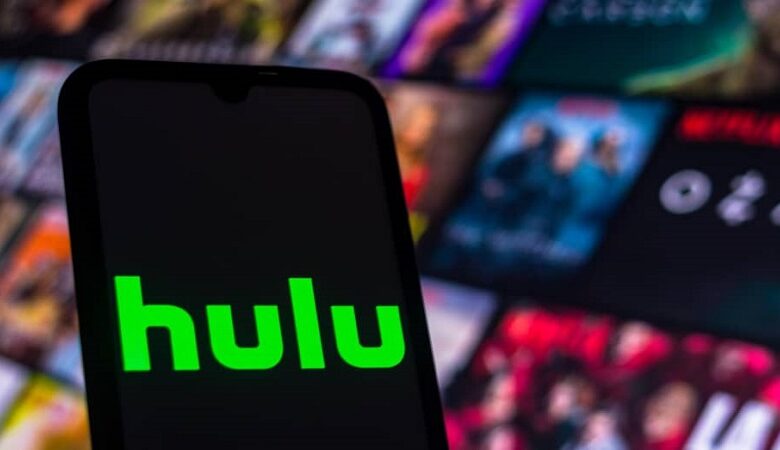Disney to Acquire Full Control of Hulu, Embracing the Streaming Future

Edited By Agnibeena Ghosh
Disney has officially revealed its plan to purchase the remaining stake in the popular streaming service, Hulu, in a widely anticipated move. The company made the announcement on November 1, confirming its intention to acquire the remaining 33% stake, currently owned by TV giant Comcast. This acquisition is a significant step forward for Disney as it seeks to solidify its presence in the rapidly evolving world of streaming content.
Disney’s decision to take full control of Hulu comes at a time when the streaming industry is undergoing profound changes, and competition is heating up. Streaming services are not only striving to expand their content libraries but are also looking for ways to generate revenue and address challenges like password-sharing.
The traditional television business has faced significant challenges in recent years, with a sharp drop in advertising sales. In response to these challenges, media giants like Disney have turned to streaming services as a way to adapt to the changing landscape of entertainment consumption.
While Disney’s recent financial results showed overall revenue growth of 4% year-on-year in the three months ending on July 1, it also posted a loss of $460 million, a stark contrast to the $1.4 billion profit recorded in the same period the previous year. This change underscores the evolving dynamics of the media and entertainment industry and the increasing importance of streaming platforms.
Disney’s acquisition of the remaining stake in Hulu demonstrates the company’s commitment to maintaining a strong foothold in the streaming market. The move aligns with Disney’s broader strategy to compete with other major streaming platforms and create a robust content ecosystem.
Disney is not alone in its quest to dominate the streaming landscape. Other streaming platforms are also exploring various strategies to generate revenue and maintain control over their services. With the rise of password-sharing and other challenges, the streaming industry is continuously evolving to meet the changing demands of consumers.
One key challenge for streaming platforms is the need to generate revenue beyond subscription fees. While Disney has been successful in attracting subscribers to its Disney+ platform, it recognizes the importance of additional revenue streams. The acquisition of the remaining stake in Hulu will undoubtedly contribute to Disney’s efforts to diversify its income sources in the streaming market.
The impact of this move extends beyond Disney and Hulu. The entire film and television industry is experiencing shifts and disruptions that are shaping the future of content consumption. Strikes by actors and other industry professionals have caused production delays, affecting the availability of new content required to captivate audiences.
A notable example is the actors’ strike, which has the potential to disrupt animation production later this year, according to a senior Disney creative responsible for popular films like Frozen. Strikes and labor disputes can create hurdles for the production of new content, influencing the release schedules and strategies of major entertainment companies.
The streaming industry’s rapid growth has redefined the way content is produced, distributed, and consumed. It has provided viewers with more choices, but it has also brought about new challenges and opportunities for media companies. As Disney takes full control of Hulu, it aims to enhance its competitive position and bolster its presence in the streaming market.
The streaming landscape is a complex ecosystem, characterized by various players offering a diverse range of content and services. While Disney continues to thrive with its Disney+ platform and the acquisition of Hulu, it recognizes the need for a comprehensive strategy to address the evolving dynamics of the industry.
One of the key issues that streaming platforms face is the unauthorized sharing of login credentials, commonly known as password-sharing. To mitigate this challenge, some streaming services have introduced measures to limit the number of devices that can access an account simultaneously. Such efforts aim to preserve subscription revenue and ensure fair access to content.
News Mania Desk / Agnibeena Ghosh 2nd November 2023






